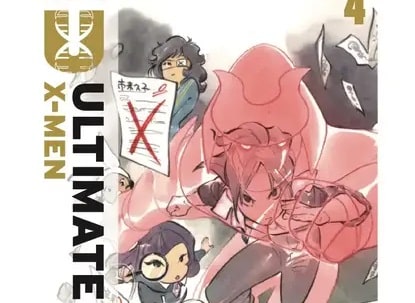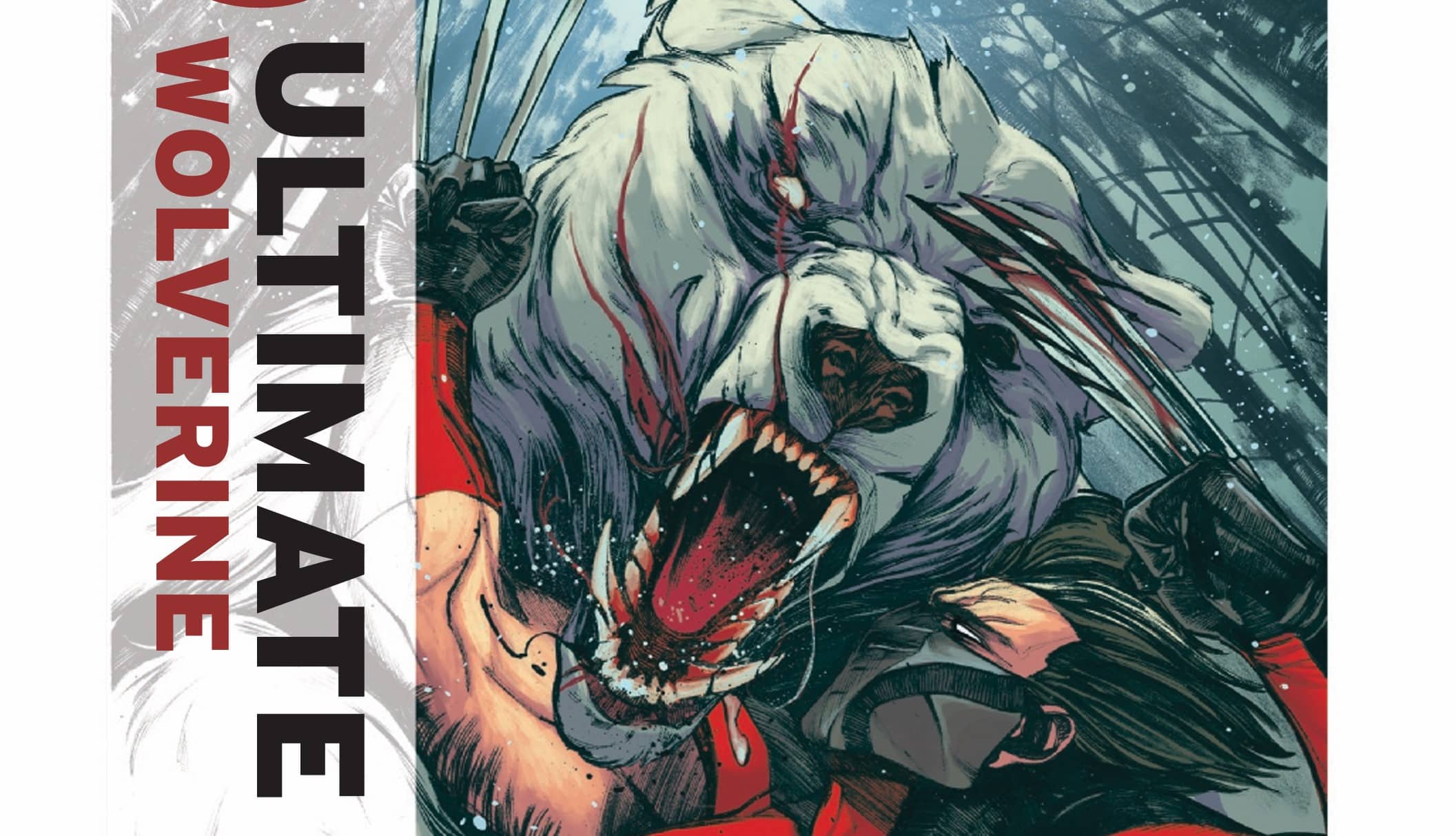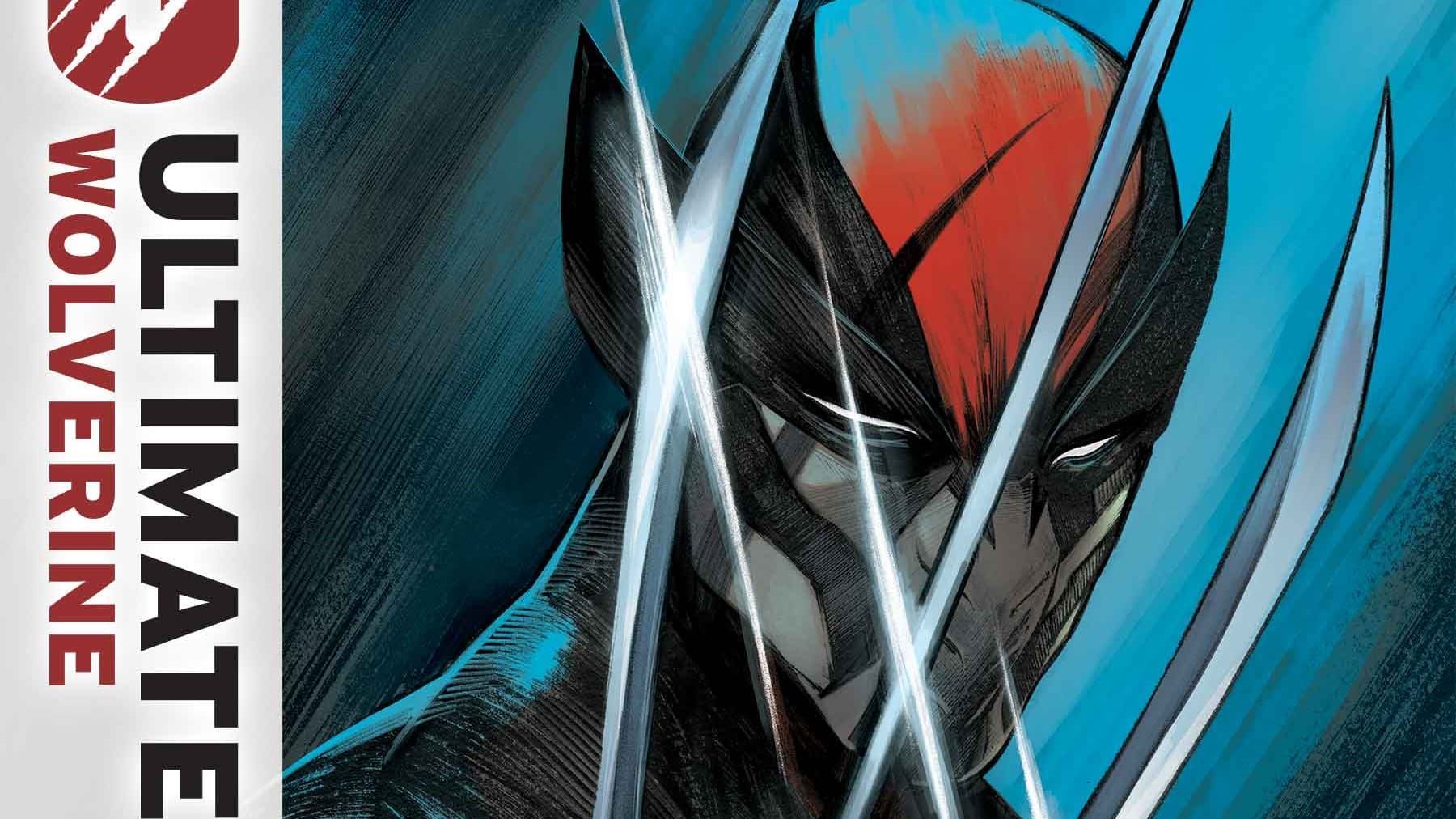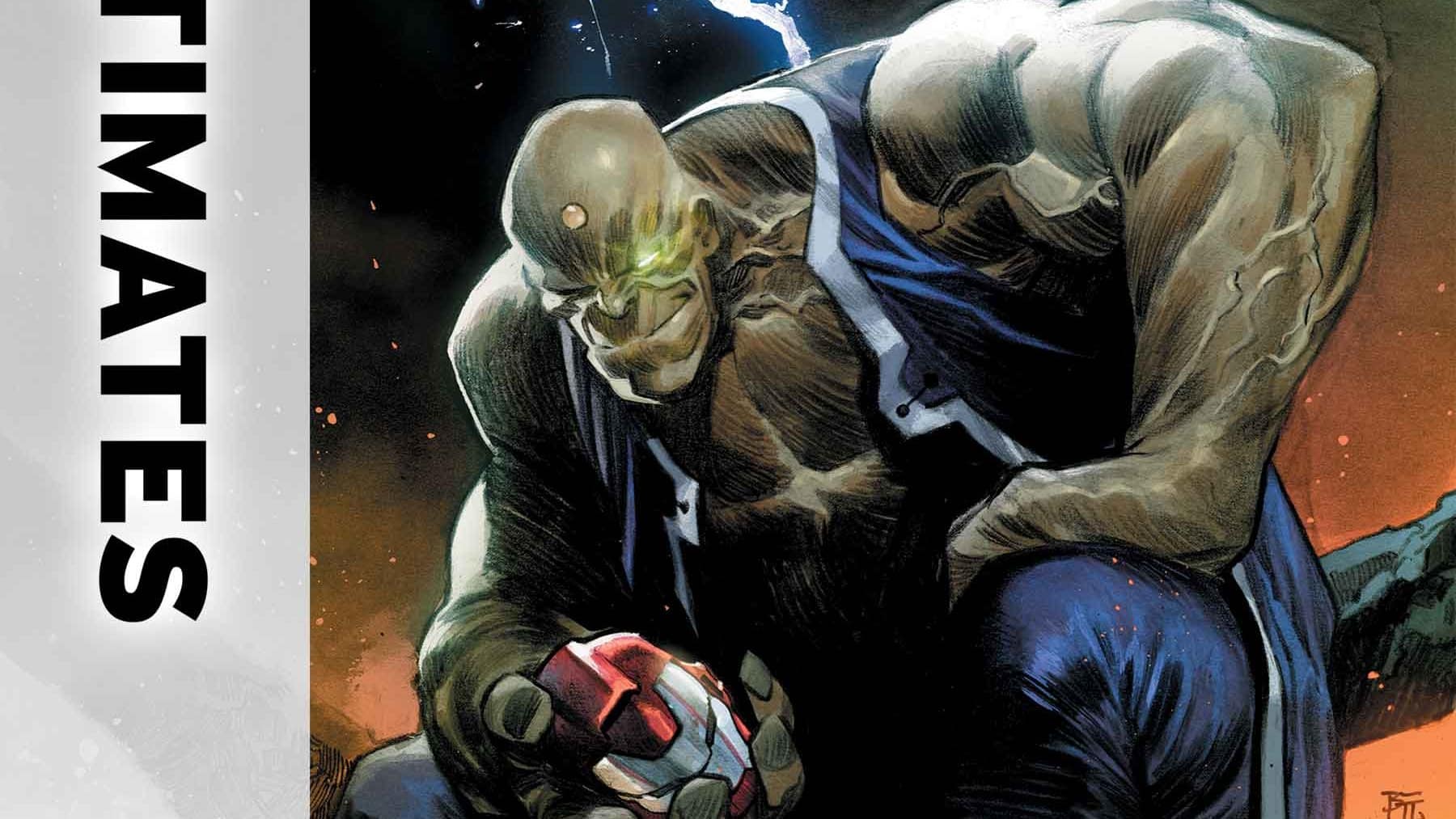NEW MUTANTS! Hisako and Mei’s classmate, Nico Minoru, has figured out that these two girls possess unusual abilities… But they’re not the only ones! Hisako’s world gets a whole lot bigger in ULTIMATE X-MEN #4! Ultimate X-Men #4 was written and illustrated by Peach Momoko, with script adaptation by Zack Davission, and letters by Clayton Cowles.
Content warning: suicide, self harm.
Building a fictional world from scratch takes vision, bravery, and most of all patience. Rush into the action and you risk failing to establish your context, your why: i.e. why should anyone care about these characters or their problems? Go too slow and the what suffers; you risk losing readers’ buy-in to the journey, to your mission. Chuck in the name of a prominent and beloved IP and these issues are magnified tenfold.
Peach Momoko’s Ultimate X-Men certainly doesn’t lack for vision. Her idiosyncratic watercolour palette creates a world of breathtaking beauty and drama that swirls through the stunning art in a way that you rarely see in big two comics. It also doesn’t lack for bravery: the decision to foreground a character like Armor and a newly-created Storm tribute act is a bold creative decision that risks losing out on the brand recognition element that the corporate machinery of the industry is wedded to.
Patience, though, is harder to come by. The problem with patience is that it’s a two-way street. It’s a tacit contract between creators, publishers and readers that, in this current market, can be broken without notice. This can often give the stories a sense of impermanence. This kind of insecurity can lead to creators going all out on a project or can see them play it safe, often using the nostalgia card for quick sales.
Peach Momoko’s Ultimate X-Men has none of these concerns, and it’s great to see such a unique creator have an opportunity to stretch their legs with the security of an ongoing series. That said, this series is decompressed. It’s even slow at times, which can occasionally be quite challenging. While the atmosphere created by Momoko’s contrast coloring and expressionistic inking is great, it often patches over slow plot progression and even characterisation. However, its ability to accelerate and decelerate the story to land huge emotional punches is a strength.

Weaponizing emotion
The plot of this issue is relatively straightforward. As she leaves her school one wet and dark evening, Hisako, aka Armor, is accosted by a hooded kid called Amano. Amano claims to have been friends with three of the boys who ostensibly took their own lives after being targeted by a ghost enacting vengeance for the suicide of Hisako’s friend Tsusaba. As she flees on her motorbike, the boy transforms into a four-headed spirit who attacks Hisako. Hisako’s pink armor protects her as always but, much to her chagrin, a group of local girls have caught the incident on camera. Trying to prevent her friend being outed against her will, Mei Igarashi aka Maystorm fries everyone’s phones; everyone but Noriko Ashida, aka Surge, who posts the video on social media, publicly outing Hisako as a mutant.
Ultimate X-Men #4 really is an issue of two halves. The first is almost painfully slow, with a non-linear narrative that takes up a few pages used to build tension around Amano’s identity. There are lots of silent panels focussed on faces that progress the story one step at a time but Amano isn’t a character I’ve seen before or will see again so, frankly, I don’t need the slow reveal. The second half of the issue, meanwhile, is the total opposite.
The fight scene between Armor and the ghost allows Momoko to show off great character work. The ghost lays out the familiar accusations that Hisako is running away from her guilt and, to be honest, is ultimately proven correct. Momoko’s decision to mirror Hisako and her armor’s body language in this scene is an economical and effective way of depicting her mental state. It implies that her armor is as much of a protective layer keeping her guilt and trauma in as it is a shield from outside harm. The decision to make the weapons flung at her reflective objects further emphasises the point that her refusal to resolve her issues is what is hurting her.
Despite the chaos of the action, the pace is propulsive without being frenetic. The build-up is deliberate, and it all culminates in a truly horrific scene that hammers home the point that Hisako’s lucky charm can’t protect her from her own mind. The decision to end a superhero fight by having a character re-enact a suicide is a bold choice that mileage is likely to vary on. Either way you look at it, it subverts the common superhero trope of weaponizing the body and instead weaponizes emotions. I personally think the scene just about skirts the right line in focussing on the impact rather than the act itself, and the splash page of the ghost bearing down on a terrified Hisako, armor in full defensive mode, is simply breathtaking.

Surge creates an Xavier Files entry
After the cacophonous crescendo of four disembodied spirits representing dead high schoolers screaming in our hero’s face, the scene falls silent save the clicking of phone cameras and the whispered judgement of her peers. After learning a lot about Hisako in the first half of the issue, this scene gives Momoko an opportunity to build out her other characters. Despite being unafraid to show her powers to others, Mei trying to prevent her friend from being publicly outed shows how selfless she is. Nico Minoru, on the other hand, is the classic wunderkind who loves to show off her abilities regardless of their impact on others.
So too with Surge. Stood some distance from the scene, her only line of dialogue in the scene, that “things just got interesting round here” suggests her ill intent. The way Momoko represents her ability to consume others’ energy suggests a habit of consuming and taking pleasure in the misfortune of others (it also looks really cool). The evocation of misery as spectacle, and the connection made between public judgement and depression and suicide, is a great piece of social commentary. It’s also right on theme for Momoko’s mission statement with this series: that the issues that afflict the world can play out in microcosm within small communities. Now that mutants being known publicly is becoming more textual in this series, the exploration of how mutants are judged and treated for their difference will be an interesting development moving forward.
The idea of a more grounded villain, potentially the series’ first ‘evil mutant’ is definitely an interesting development. It provides a more direct threat to pair with the abstract nature of both the ghost and the Shadow and could give the series a little more focus in those moments where it has up until now had a tendency to navel gaze.
Jake Murray spends far too much time wondering if the New Mutants are OK. When he's not doing that, he can be found talking and writing about comics with anyone who will listen. Follow him @stealthisplanet.bsky.social.






